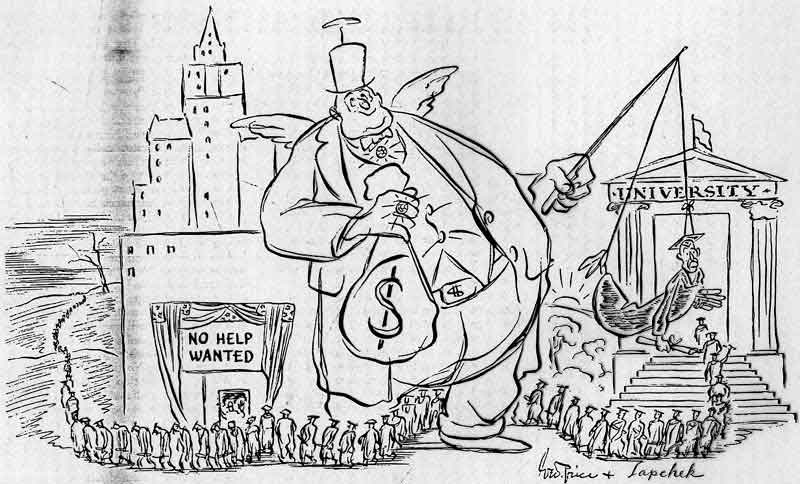One Page Research Paper
"Why Do Women Think They Are Fat When They Are Not?"
Women think they are overweight as they compare their body size to slim models used in the advertising industry. Thus, the purpose of the poster is to create awareness of how social media influences the perception of body image. Society thinks that thin women are more attractive and successful than their fat counterparts. Social media can contribute to negative self-image because individuals compare their bodies with pictures of slim women, which are posted online (Thompson par. 4). The poster will create awareness about the causes and effects of negative body image associated with weight in girls and women. Negative body image affects women in all age groups and may cause eating disorders, depression, low self-esteem, and isolation (Farrar par. 11). Therefore, the poster will remind women to control their perception of their body size. Likewise, women will learn how to reduce the effects of poor body image by focusing on the good qualities and accomplishments (Farrar par. 7). Moreover, it will help viewers to understand how images that are displayed on media influence their perception about their body images.
The poster will caution the audience to appreciate their body image without exaggerations that may lead to low self-esteem. The information will help the audience to overcome the problems associated with negative body image and encourage them to read more from self-esteem workbooks (Farrar par. 12). Besides, it will make viewers feel more comfortable and develop the urge to address insecurity while sharing images on the social media platform. Also, the viewers will learn about the adverse effects of negative body image on health and relationships. Likewise, viewers will understand that individuals post exaggerated images to attract attention rather than present reality.
Here are some sketches we did for our poster:
Works Cited
Farrar, Tabitha. Body Image Of Women. Mirror-Mirror, 2014, https://www.mirror-mirror.org/body-image-of-women.htm. Accessed 30 June 2019.
Thompson, Dennis. Too Much Social Media May Harm a Woman's Body Image. Medical Express, 2018, https://medicalxpress.com/news/2018-05-social-media-woman-body-image.html. Accessed 30 June 2019.













